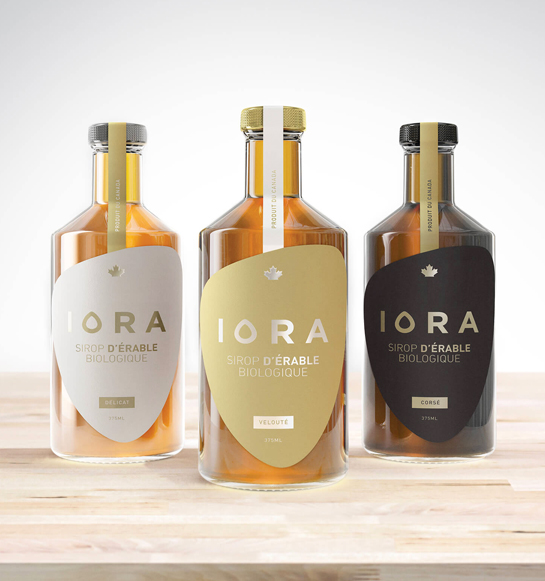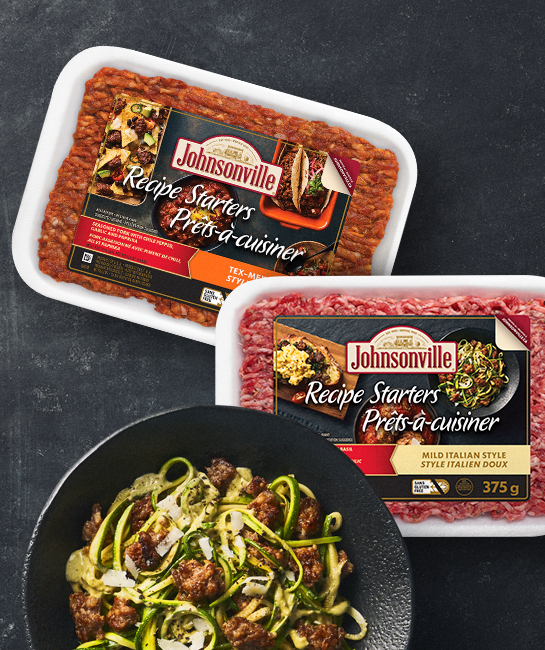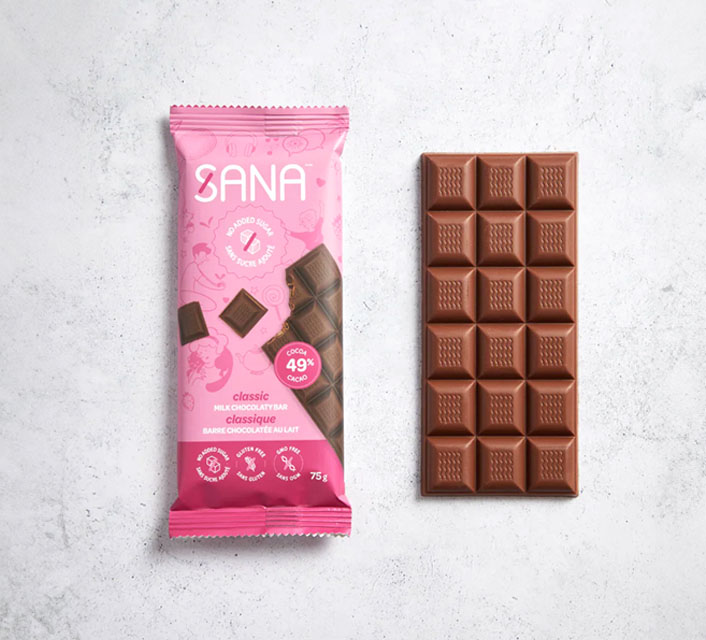Blossom Plan
Are you looking to create a new food brand?
Our goal: to create and launch a new brand in a market.

You want your product, still unknown, to make a bang in the hearts of consumers? Count on us to present it in its best light.

A sound, strategic approach
Braque guides food processors in developing new brands, starting with finding the ideal name to attract consumers in your target markets. We then craft a visual identity and packaging that stands out on shelves or screens, using market research and analysis to give your brand a winning angle that boosts product sales.

Meeting your objectives, every step of the way
Whether you’re launching a startup or introducing new products in established markets, our methodical branding approach follows clear steps.
You’re involved at every stage of the process, for a brand that reflects your product and your vision. Consumer feedback also validates strategic and creative approaches, whether through quantitative virtual testing or qualitative trials.
Our methodology
Strategy
- Creating a consumer profile
- Analyzing the market and competition
- Establishing positioning
- Building the brand strategy
To find the right answers, ask the right questions.
Our approach to launching a new brand begins with a study and analysis of the consumers targeted by the product, the market in which it will be distributed, and the existing competition. This allows us to position the product for its launch and build the brand strategy for its growth.
Duration: 1 to 3 months.
Brand image
- Create the brand name
- Complete legal validation
- Develop the visual identity
- Test the concept
- Produce a brand book and style guide
Once the game plan is established and approved, our team focuses on creating a brand name, which will become the first expression of the trademark. After legal validation of the registration of this brand, our designers begin the creation of the brand’s visual identity. Once approved, the visual identity is explained and outlined in a style guide and, depending on the mandates, a brand book that showcases the brand in an even more vibrant way.
Duration: 2 to 6 months.
Packaging
- Develop visual universes
- Create packaging design
- Validate regulatory compliance
- Test the concept
- Test in retail environment
- Graphic production of packaging
To simplify the exploration of packaging possibilities, visual universes are developed and will then guide the packaging design work for the products, based on the specifications provided, or in collaboration with packaging production experts. Before implementing the chosen concept on the final products, we ensure compliance with various regulations in the targeted markets and also offer the opportunity to test one or more concepts with consumers or in virtual retail environments.
Duration: 3 to 8 months.

Packaging
- Creating a consumer profile
- Analyzing the market and competition
- Establishing positioning
- Building the brand strategy
To simplify the exploration of packaging possibilities, visual universes are developed and will then guide the packaging design work for the products, based on the specifications provided, or in collaboration with packaging production experts. Before implementing the chosen concept on the final products, we ensure compliance with various regulations in the targeted markets and also offer the opportunity to test one or more concepts with consumers or in virtual retail environments.
Duration: 3 to 8 months.

Packaging
- Create the brand name
- Complete legal validation
- Develop the visual identity
- Test the concept
- Produce a brand book and style guide
To simplify the exploration of packaging possibilities, visual universes are developed and will then guide the packaging design work for the products, based on the specifications provided, or in collaboration with packaging production experts. Before implementing the chosen concept on the final products, we ensure compliance with various regulations in the targeted markets and also offer the opportunity to test one or more concepts with consumers or in virtual retail environments.
Duration: 3 to 8 months.

Packaging
- Develop visual universes
- Create packaging design
- Validate regulatory compliance
- Test the concept
- Test in retail environment
- Graphic production of packaging
To simplify the exploration of packaging possibilities, visual universes are developed and will then guide the packaging design work for the products, based on the specifications provided, or in collaboration with packaging production experts. Before implementing the chosen concept on the final products, we ensure compliance with various regulations in the targeted markets and also offer the opportunity to test one or more concepts with consumers or in virtual retail environments.
Duration: 3 to 8 months.

